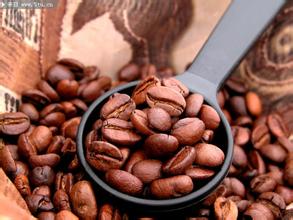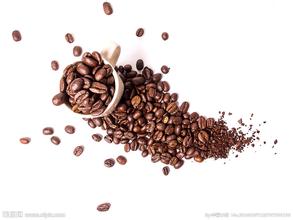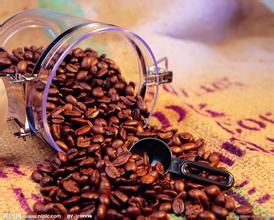The difference between coffee raw beans and cooked beans. Introduction to the depth of baking
The difference between coffee raw beans and cooked beans. Introduction to the depth of baking
First of all, it is not the same time point and temperature point when every bean reaches a certain baking degree. Because the water content, size, and the softness and hardness of beans will all be due to the phenomenon of uneven baking, the professional point is that the specific heat of coffee beans is different, and the concept of specific heat generally refers to the heat energy required for coffee beans to increase by 1 degree Celsius. With different water content, the particle size of beans is different, although they are all heated with the same heat, but because of the different specific heat, the baking degree is easy to be different, resulting in uneven quality. In the words of teacher Taguchi, it is a miracle that different kinds of beans can be baked evenly together.
Give an example to illustrate the difference in baking degree caused by different specific heat. The concentrated beans used in our store pursue the high sweetness of the front, slightly sour in the middle, and the flavor of nuts and chocolate in the back. The mix is made in a certain proportion of Brazil, Kenya and Mantenin. I use the cooked bean matching method, which means that a single bean seed is baked first and then blended. During the baking process (the temperature displayed varies according to the design position of the baking furnace and probe) the temperature of the first explosion in Kenya is about 192 degrees Celsius, and the temperature of the second explosion is about 218 degrees Celsius. Mantenin's first explosion is about 196 degrees Celsius, and the second explosion is about 220 degrees Celsius, while the temperature at which Brazil enters the explosion will be the highest, with the first explosion reaching about 202 degrees Celsius and the second explosion around 228 degrees Celsius.
If the three beans are baked together, the definition of baking degree and taste will be quite vague, and there is no way to judge the overall flavor characteristics of beans and the instability of baking degree, resulting in unstable taste.
The second reason for the instability of customer beans is also caused by hard work-the change in the proportion of coffee beans after water loss. Different beans, after baking, because of different moisture content, the water loss rate will not be the same, after baking, the quality of beans will be different and expected. Most of the blended coffee is blended according to the percentage, so the quality of the beans after baking is about 20% less than that before roasting, because the water content is different, the water loss rate is also different at the same temperature, if you mix and bake, the imagined blending ratio will change with the change of water loss rate, so it is difficult to control the trend of taste.

Important Notice :
前街咖啡 FrontStreet Coffee has moved to new addredd:
FrontStreet Coffee Address: 315,Donghua East Road,GuangZhou
Tel:020 38364473
- Prev

Why does it smell like caffeine-- fine beans
Caffeine taste, however, if not professional or careful, no matter how good coffee beans will be destroyed in the hands of baristas, resulting in astringency, the reasons are as follows: first, the water temperature is too low, the extraction water temperature of Xiumen coffee is generally about 90 degrees, of course, there is no absolute standard for extraction water temperature, and it varies according to the practice and coffee beans, but interested friends might as well do an experiment with water below 80 degrees.
- Next

Introduction of the best eating time and storage time of coffee beans after baking
The best eating time and storage time of coffee beans after roasting are relatively fresh: from the end of the latest fresh period of about 2 weeks, the coffee beans in the bag gradually go down from the peak state. However, if it is properly preserved, the quality and flavor of coffee beans will decline slowly in the first period of time, and the freshness of coffee beans is still at a high level. We call it a relatively fresh period, which lasts for one month.
Related
- Guji coffee producing area of Guji, Ethiopia: Humbela, Shakiso, Wulaga
- What is the most expensive variety of Qiloso in BOP multi-variety group?
- How to store the coffee beans bought home?
- Why are Yemeni coffee beans so rare now?
- Ethiopian Sidamo all Red Fruit Sun Sun Santa Vini Coffee beans
- SOE is mostly sour? What does it mean? Is it a single bean? what's the difference between it and Italian blending?
- Is Italian coffee beans suitable for making hand-brewed coffee?
- How to choose coffee beans when making cold coffee? What kind of coffee beans are suitable for making cold coffee?
- Just entered the pit to make coffee, what kind of coffee beans should be chosen?
- Can only Japan buy real Blue Mountain Coffee? What are authentic Jamaican Blue Mountain coffee beans?

